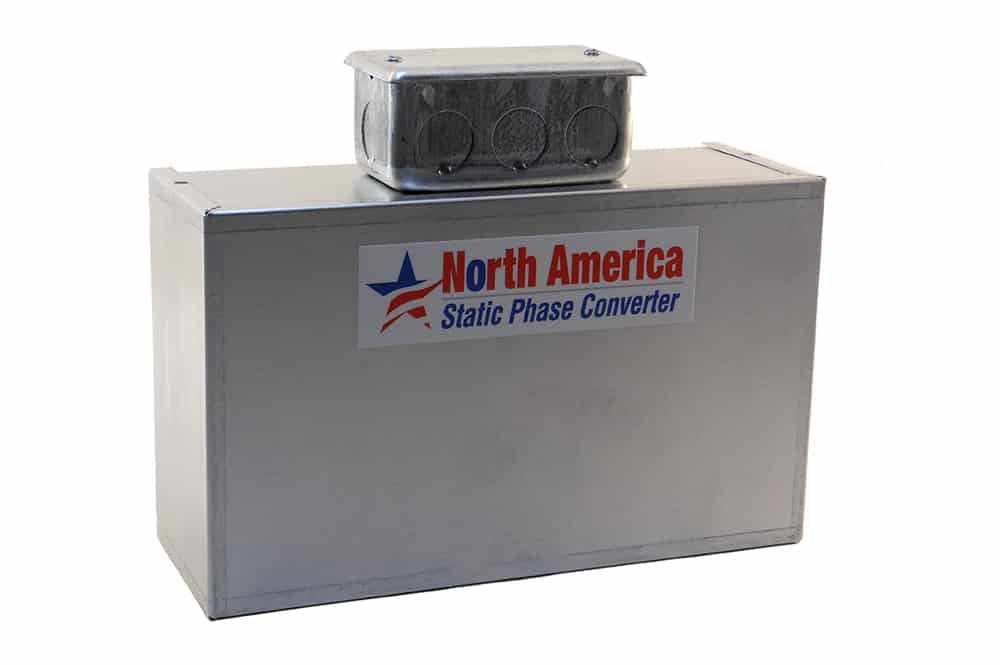Simplest and cheapest is static phase converter. I bought one as a stop-gap until I got my rotary converter. Still using it 4 years later.
There is a reduction of power of about 1/3 when using an SPC.
VFDs can be had relatively cheaply but are not as simple.
I'm in the same camp. I started with a static converter on a 1 1/2 hp Bridgeport 22 years ago. I went with it rather than a VFD or a rotary converter because of cost and ease of installation. I now have 4 machines running on static converters, and a 15 hp rotary converter that's been setting on the shelf for nearly 6 years because I see no need to install it.
Static converters generate the third phase using a set of capacitors. Once the motor comes up to speed they drop out and the machine essentially runs on single phase. There is supposedly a 1/3 loss of hp, but in over 20 years I've never needed more hp on the mill or any of the other machines. They are extremely simple to install. The last couple I did took less than 15 minutes each. They also allow you to use the original machine controls without any modification.
Static converters are also inexpensive compared to the other options. The first static converter I purchased was from Phase A Matic. It's been extremely reliable, but is probably the most expensive on the market. All the converters are either from American Rotary or North America Phase Converter company. I have 2 from American Rotary and one from North America. Several years ago American bought out North America and transferred all the static converter production to that facility.
Get consistent motor power with a static phase converter! These American-made converters are designed to operate 3 phase motors on single phase power.

www.northamericaphaseconverters.com
If you're new to the game or money is a factor I would definitely go with a static converter. Any of the other options will incur either substantial cost and/or significant time and knowledge for installation. The main reasons I haven't installed my rotary converter is the fact that all the machines run just fine on their static converters, and I don't want to spend the time and money to rewire the entire shop.
As an FYI I do use all the machines with static converters on a regular basis. The mill gets used an average of 15 hrs. a week. There have been times when I had big jobs to get out the door and it's run over 60 hrs. in a week. I also have one on My 2 hp Sheldon lathe, my 1 1/2 hp Racine power hacksaw, and my Black Diamond drill grinder. The lathe averages 10-15 hrs. per week, and up to 30 hrs. per week. The saw is about 3-5 hrs. a month, and the drill grinder is an hour or so a month.


